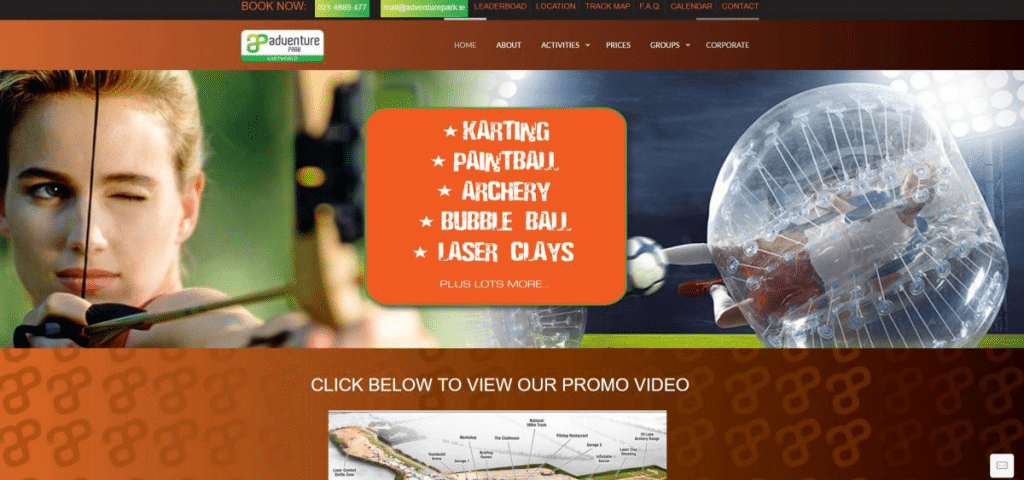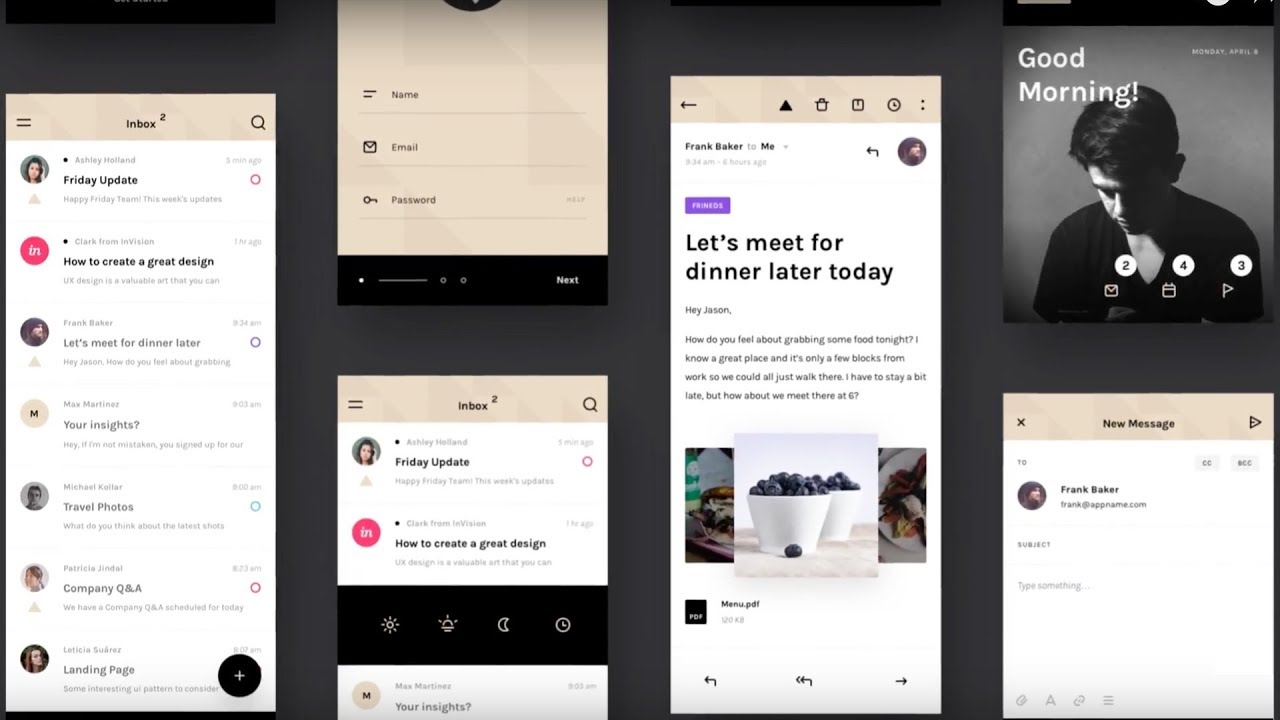
Whether you use the bottom navigation bar on iOS or Android, it should be designed to provide a unified experience across different screens of your app. While this may seem like a daunting task, the process is quite simple.
A navigation bar at the bottom of your app should be used to make it easy for users to access and navigate to the most important parts. These areas include main pages, top-level destinations, and top-level features. There are some design principles that you can follow, even though the size of your bottom navigation bars may differ depending on which operating system you use.
The overall color scheme of your bottom navigation bar should be consistent with the overall theme of your app. Your navigation bar will look cleaner if it is consistent with your app's design. It is important to not go too crazy with colors. Rather than choosing colors that are too similar, choose a color that contrasts with the other elements on your screen. A borderless style is also a good option for your navigation bars to make them feel more like a design element.

If you use iOS, the navigation bar should appear at the top or bottom of the page. If you are using iOS, your navigation bar will only contain the "back" button, and the "forward" button will not appear. Android users, however, will find both the forward AND back buttons in the navigation bar.
You can use a BottomNavigationBar to display the title of the currently selected item. This will enable your users to easily see the most significant items in your app, without needing to scroll down. Depending on the size and number of items in your navigation bar, the title can be shown for one or more items. You can display the title in a variety of styles, including a borderless, fixed-space, and text label styles. Additionally, you have three options for setting the visibility of your title.
You can also set a specific _selectedIndex property to display the index of the item that was selected. This property can be modified to cause the navigation bar to reload items that have been previously selected. This can be very useful for refreshing the navigation bar as you scroll down in a different section of the screen.
The navigation bar at the bottom is an important part of mobile app UI design. It should be used with other navigation bar, such as that at the top to reduce clutter. However, it is not always necessary to include a bottom navigation bar in your app. You may decide to remove the bottom navigation bar depending on the content of your app.

You should also consider how many items you place in your navigation bars. In order to avoid cluttering your navigation bar with too many items, keep it between three and five. If you have many destinations to visit, tabs may be a better option. Tabs can be justifiable as they can be used to group items together in a compact manner and even unload.
FAQ
What is the best platform to design a website on?
WordPress is the best platform when it comes to designing websites. It offers all the features that you need to build a professional-looking website.
Themes are easy to install and customize. There are many themes to choose from online.
Plugins can be used to enhance functionality. These plugins enable you to add social media buttons and forms to your contact pages.
WordPress is very user-friendly as well. To modify your theme files, you don't need to be able to code HTML. You just need to click on the icon and choose what you want to modify.
There are many other platforms available, but I recommend using WordPress because it's been around for years and is still used by millions worldwide.
Where can I locate freelance web developers
You can find freelance web designers and developers in several places. These are some of the best choices:
Freelance Jobs
These sites offer job postings for freelance professionals. Some sites have very specific requirements while others do not care about what kind of work you do.
Elance is a great place to find graphic designers, programmers and translators.
oDesk has similar features, but they focus on software development. They have job opportunities in PHP. Perl. Java. C++. Python. JavaScript. Ruby. Android. And.NET developers.
Another option is oWOW. Their site is focused on web designers and graphic artists. They offer many services, including video editing, programming, SEO, and social media marketing.
Forums online
Many forums offer members the opportunity to advertise themselves and post jobs. DeviantArt is a forum for web developers. If you search "web developer" in the search bar, you will see a list of threads where people are looking for someone to help them with their websites.
Do I hire a web design firm or do it myself.
If you want to save cash, don't pay for web designer services. But if you want quality results, then hiring someone else to create your website may not be worth the cost.
The truth is, there are many different ways to build websites from scratch without the need for expensive professional designers.
If you're willing put in the work, you can create a website that looks great using tools like Dreamweaver.
Consider outsourcing your project to an experienced freelancer web developer who charges hourly instead of per-project.
What Should I Include in My Portfolio?
These should all be included in your portfolio.
-
Example of your work.
-
If you have one, links to it.
-
You can also find links to your blog.
-
These links will take you to social media websites.
-
Here are links to portfolios online of other designers.
-
Any awards you have been given.
-
References.
-
Take samples of your work.
-
These links show how to communicate with clients.
-
Links showing you're willing to learn new technologies.
-
Links showing that you're flexible.
-
Links showing your personality.
-
Videos showing your skills.
Statistics
- When choosing your website color scheme, a general rule is to limit yourself to three shades: one primary color (60% of the mix), one secondary color (30%), and one accent color (10%). (wix.com)
- Did you know videos can boost organic search traffic to your website by 157%? (wix.com)
- In fact, according to Color Matters, a signature color can boost brand recognition by 80%. There's a lot of psychology behind people's perception of color, so it's important to understand how it's used with your industry. (websitebuilderexpert.com)
- The average website user will read about 20% of the text on any given page, so it's crucial to entice them with an appropriate vibe. (websitebuilderexpert.com)
- Studies show that 77% of satisfied customers will recommend your business or service to a friend after having a positive experience. (wix.com)
External Links
How To
What is website hosting?
Website hosting describes where visitors go when they visit a site. There are two types.
-
Shared Hosting - This is your cheapest option. Your website files will reside on a server belonging to someone else. Your customers' requests travel via the Internet to your server when they visit your site. The server owner then forwards the request to you.
-
Dedicated hosting – This is the most expensive option. Your website is located on only one server. You and your traffic are protected by the fact that no other websites share server space.
Because it is less expensive than dedicated hosting, shared hosting is preferred by many businesses. You can use shared hosting if the company owns the server to provide the resources required for your website.
But there are pros and cons to both options. These are the key differences between them.
Shared Hosting Pros:
-
Lower Cost
-
Easy to Set Up
-
Frequent updates
-
It is available on many Web Hosting Companies
Hosting shared can be as low as $10 per month. However, this price typically includes bandwidth. Bandwidth describes the amount of data that can be transferred over the Internet. Even if you are only uploading photos to your blog site, high data transfer rates can still cost you extra.
Once you begin, you will soon see why you spent so much on your previous host. Many shared hosts offer very little customer support. Although their techs may help you with setting up your site, it's not a common practice.
Look for a provider who offers 24/7 phone support. They will take care of any issues while you sleep.
Cons of dedicated hosting
-
More Expensive
-
Less common
-
Requires special skills
You're getting everything you need with dedicated hosting to operate your website. You won't have to worry about whether you're using enough bandwidth or whether you've got enough RAM (random access memory).
This means that upfront, you'll need to spend a bit more. You'll soon realize that your business is self-sufficient once it's online. You'll quickly become an expert at managing your server.
So Which Is Better For My Business?
The answer depends on what kind of website you want to create. If you only want to sell products, then shared hosting might be the best choice. It's easy to set up and maintain. Because you share a server, you will most likely receive frequent updates.
However, dedicated web hosting is the best way to build a community around you brand. You can focus on building your brand without worrying about handling your traffic.
Bluehost.com has both. They offer unlimited data transfers per month, 24/7 support and free domain registration.